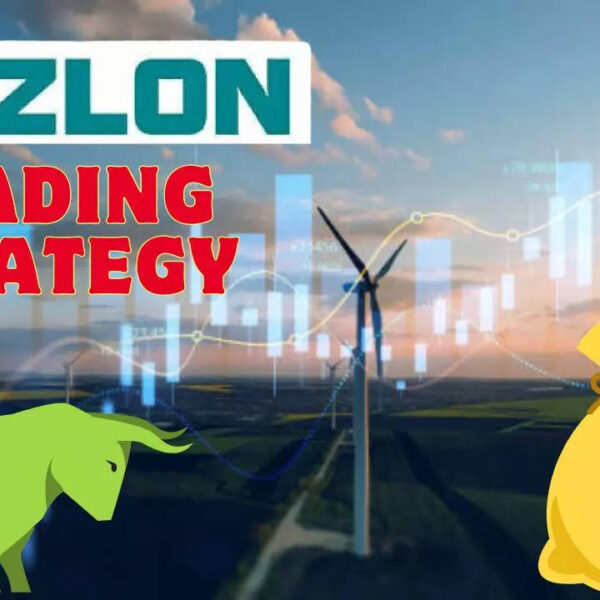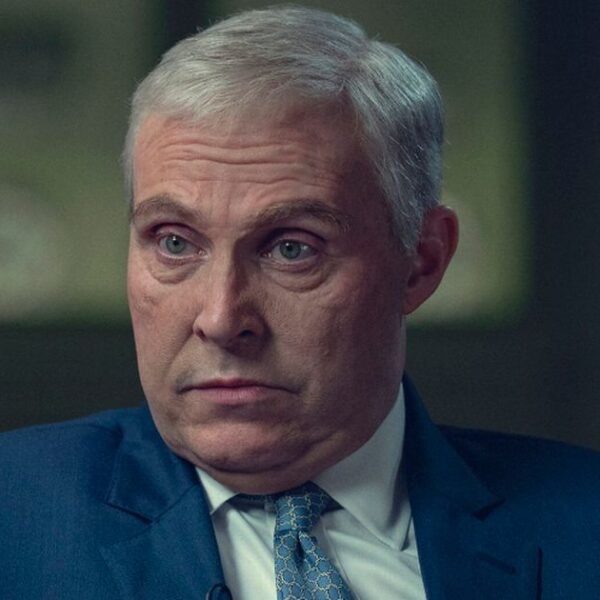
Skyler Caruso is a Writer and Reporter of PEOPLE Digital Entertainment. She joined PEOPLE in 2021, but has eight years of experience working in digital publishing with a focus on entertainment and pop culture news.
Carissa Moore announced she’s “stepping away” from competitive surfing in January. Now, she’s learning to ride — and navigate — a wave of a different kind.
About one month after sharing the news, Moore — the first-ever Olympic surfing gold medalist and a five-time world champion — tells PEOPLE her decision to step back from the World Surf League “definitely already sunk in,” but she’s “enjoying the ride” nonetheless.
The Hawaii native, 31, has been surfing since age five at her home break at Waikiki Beach on O’ahu’s South Shore. She then went on to win her first world title at age 19, marking the beginning of one remarkable ride.
But letting go of the surfboard rails and learning to trust her abilities in the water was a progression, as is Moore’s most recent life transition. However, she tells PEOPLE there’s “so much to look forward to” and she’s “focused on all the exciting things ahead.”
While she was in part referring to spending more time with family, in addition to competing in a few remaining surf events before officially stepping away from the sport (one of them being the 2024 Paris Olympics to defend her gold medal), Moore’s stoked on a new milestone: making her book debut.
Titled Carissa Moore: Hawaii Gold: A Celebration of Surfing, the Rizzoli-published book is the athlete’s tribute to her home told from her perspective through personal stories, alongside contributions from several fellow Hawaiian surf legends.
“It just doesn’t feel like me to make a book all about myself,” Moore tells PEOPLE. “I would like to use this moment and this platform to celebrate Hawaii — this magical and special place, the people and the waves that have shaped and raised me as a human being and as a surfer.”
Moore called on notable Hawaiian surfers and cultural figures to share their perspectives on growing up on the islands and the connection they have with surfing in Hawaii, the birthplace of the sport. “It’s not a one person show — we’re all in this together,” she says.
Hawaiian icons like the Aikaus, tour pros like John John Florence and big wave innovators like Laird Hamilton and Kai Lenny are among those who tell their story. Moore’s “peers” — Malia Manuel, Coco Ho and Bethany Hamilton, all of whom helped revolutionize women’s surfing — are also included.
“I believe that it takes a village. I think we’re all a part of this extremely beautiful story of Hawaiian surfing. It’s not just me. I wouldn’t be here today if it wasn’t all the people that have come before me,” says Moore.
“I hope everyone from Hawaii that reads it feels like I did our home and our people and our community justice,” she continues. “I hope that this story, hopefully, pays respect to the right people and I hope everyone feels included.”
“There have been so many amazing contributors,” says Moore in reference to the photographers who helped bring the book to life. “I grew up with surf magazines, things that were tangible, and they’ve all gone poof! They deserve to live somewhere eternally, forever.”
In Hawaii fashion, Moore decided on “a rainbow color scheme.” She opted for her “quintessential Hawaii,” which she describes as “a beautiful small day in Waikiki with the boats going by and the sun reflecting off the hotels” — especially in comparison to the “monsters on the North Shore,” she clarifies.
Even the gold foil on the book’s front cover “shimmers with a rainbow if you put it in the right light,” Moore points out. “I just wanted it to spark joy because when I think of home, it makes me feel warm and smile.”
The book hits shelves on April 2, though timing was coincidental in Moore’s career timeline: announcing her step back from competitive surfing in January, before teasing the book a few days later.
Moore viewed the book as “a little bright spot” during her big transition.
“A little rainbow that was a reminder that I’m on the right path,” she adds. “It feels good. I’m just in a different space right now… I can’t say I’m a hundred percent confident.”
But just like the little girl who hopped on her surfboard for the first time at age five, Moore says with confidence: “But I’m getting there, and I’m feeling my way through.”
Categories: News




